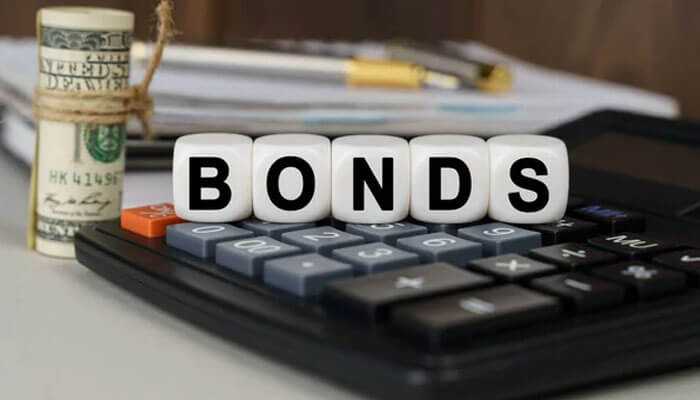Bonds are a type of financial product that allows organizations to raise capital from the public for a specific period of time. In return for investing their money, bondholders receive periodic interest payments and are guaranteed that their initial investment will be returned at the end of the bond’s term. You can also open a Demat account to invest in bonds. Bonds can be classified based on various factors, including their convertibility, maturity, and coupon rate. Learn about all the different types of bonds and their characteristics in this detailed blog post.
Different Types of Bonds
A list of the most typical bond kinds is provided below:
1. Fixed-Rate Bonds:
These bonds give investors a steady stream of income at a fixed interest rate throughout their tenure. Regardless of fluctuations in market interest rates, the interest rate stays fixed.
2. Bonds with floating rates:
The interest rate on these bonds is changed on a regular basis in accordance with a benchmark interest rate, like the prime rate or the London Interbank Offered Rate (LIBOR). Because the coupon payments fluctuate in line with market rates, this feature helps shield investors from interest rate risk.
3. Zero-Coupon Bonds:
Unlike conventional bonds, these bonds do not pay interest on a regular basis. Rather, they are redeemed at face value upon maturity and are sold below face value, letting investors profit from capital growth.
4. Inflation-linked bonds:
Bonds that alter principal value and interest payments in response to changes in the Consumer Price Index (CPI) or another inflation index are known as inflation-linked bonds, or Treasury Inflation-Protected Securities, or TIPS. These bonds are intended to shield investors against inflation.
5. Convertible Bonds:
Bonds that can be converted into a set number of shares of the issuer’s common stock are known as convertible bonds. Because convertible bonds have the potential to appreciate in value due to an increase in the stock price, they usually have lower interest rates than standard bonds.
6. Callable Bonds:
Bonds that can be redeemed before they mature at a predetermined call price are known as callable bonds. Issuers profit from this feature since it enables them to renew debt at cheaper interest rates, but investors may suffer if interest rates decline.
7. Puttable Bonds:
Prior to maturity, puttable bonds allow the bondholder to sell the bonds back to the issuer at a fixed price. With the use of this function, investors can withdraw their money if they think interest rates will rise or other
With the help of these bond kinds, investors may customize their portfolios to fit their unique investing objectives, risk tolerance, and market outlook.
Important Terms Associated with Bonds
The following are some essential words about bonds that you should be familiar with:
1. Issuer:
The organization (government, business, local government, etc.) that issues the bond and guarantees to return the principal amount to the bondholder at maturity plus interest on a regular basis.
2. Face Value (Par Value):
The bond’s nominal value is the sum that the issuer promises to reimburse the bondholder when the bond matures.
3. Coupon Rate:
The interest rate, represented as a percentage of the bond’s face value, that the issuer commits to pay the bondholder, either fixed or variable. Typically, coupon payments are paid either annually or semi-annually.
4. Maturity date:
The date on which the bond issuer consents to reimburse the bondholder for the principal amount of the bond is known as the maturity date. It is defined in the bond’s terms and conditions and signifies the conclusion of the bond’s tenure.
5. Credit rating:
A credit rating is a number that independent credit rating organizations provide to bond issuers based on their creditworthiness and capacity to repay debt. While lower ratings reflect increased risk, better ratings indicate a decreased likelihood of default.
6. Yield:
The bond’s total return to an investor after deducting coupon payments and any potential capital gains or losses at maturity. Depending on the particular situation, yield can be stated as current yield, yield to maturity (YTM), or yield to call (YTC).
Conclusion
When it comes to investing in bonds through the best trading app, it is essential for investors to be mindful of the risks associated with each type of bond and make informed decisions that align with their financial objectives. Investors must carefully consider the expected risk and return of each bond and choose the ones that best suit their investment goals. Maintaining a diverse portfolio can help investors navigate the challenges of bond investing and maximize their returns while minimizing risks. Therefore, investors should do their due diligence, stay informed of the market trends, investing in bonds through online share trading.



